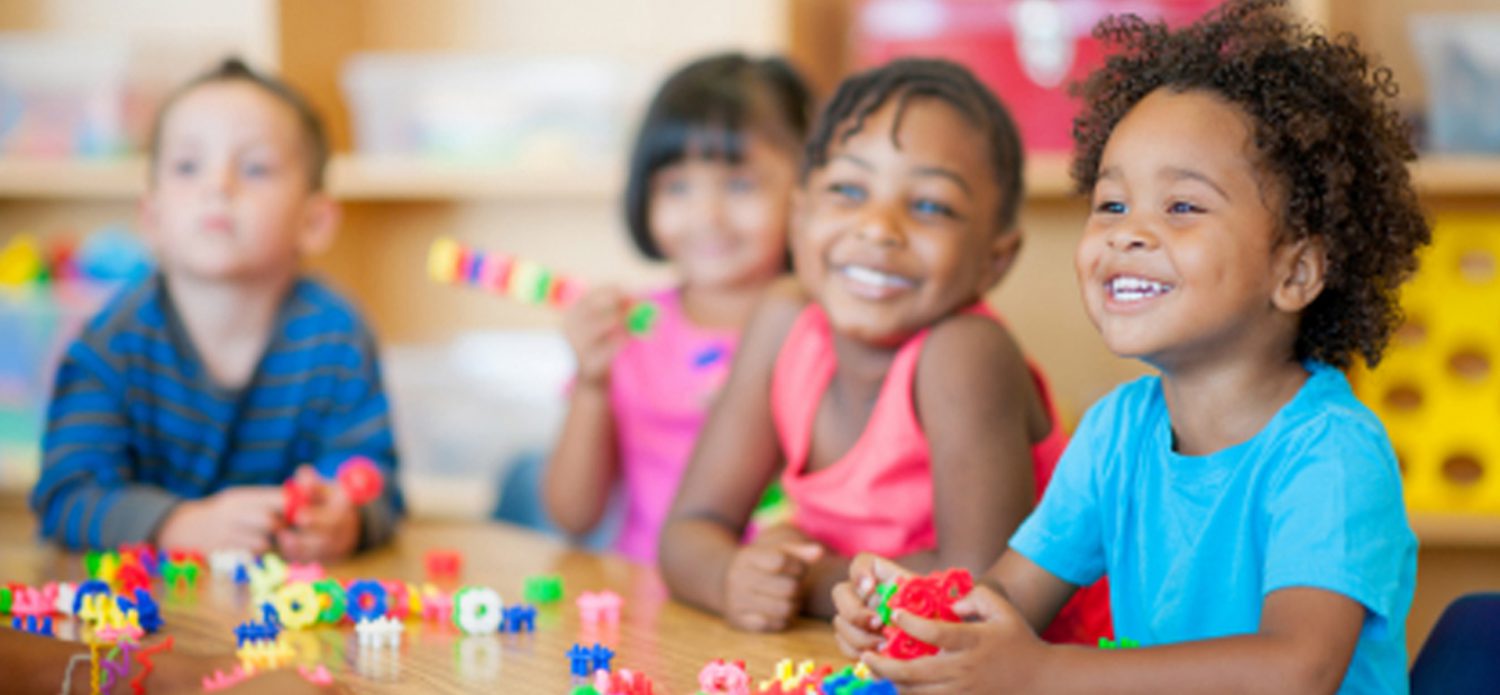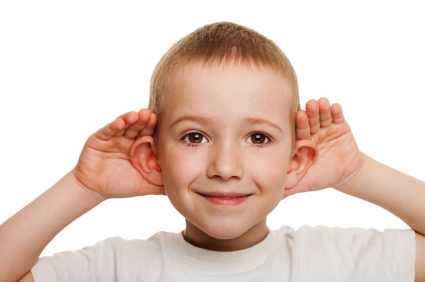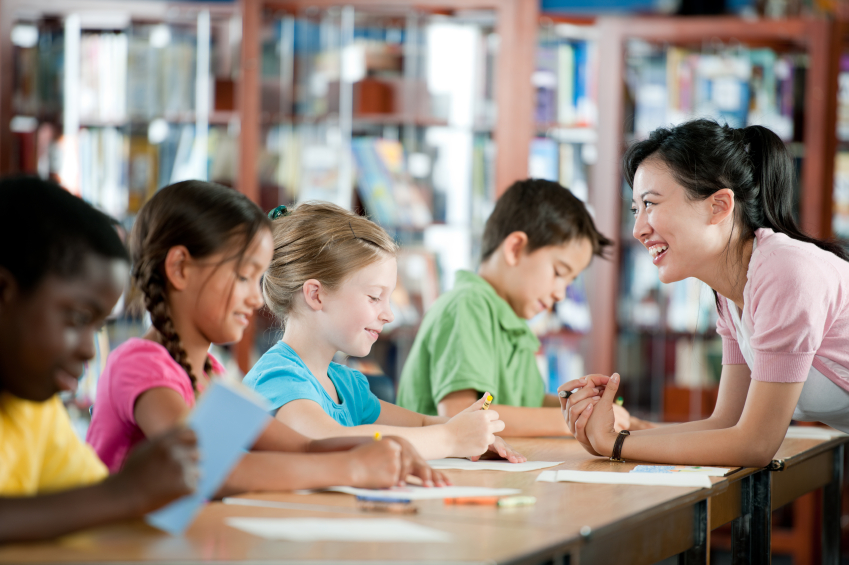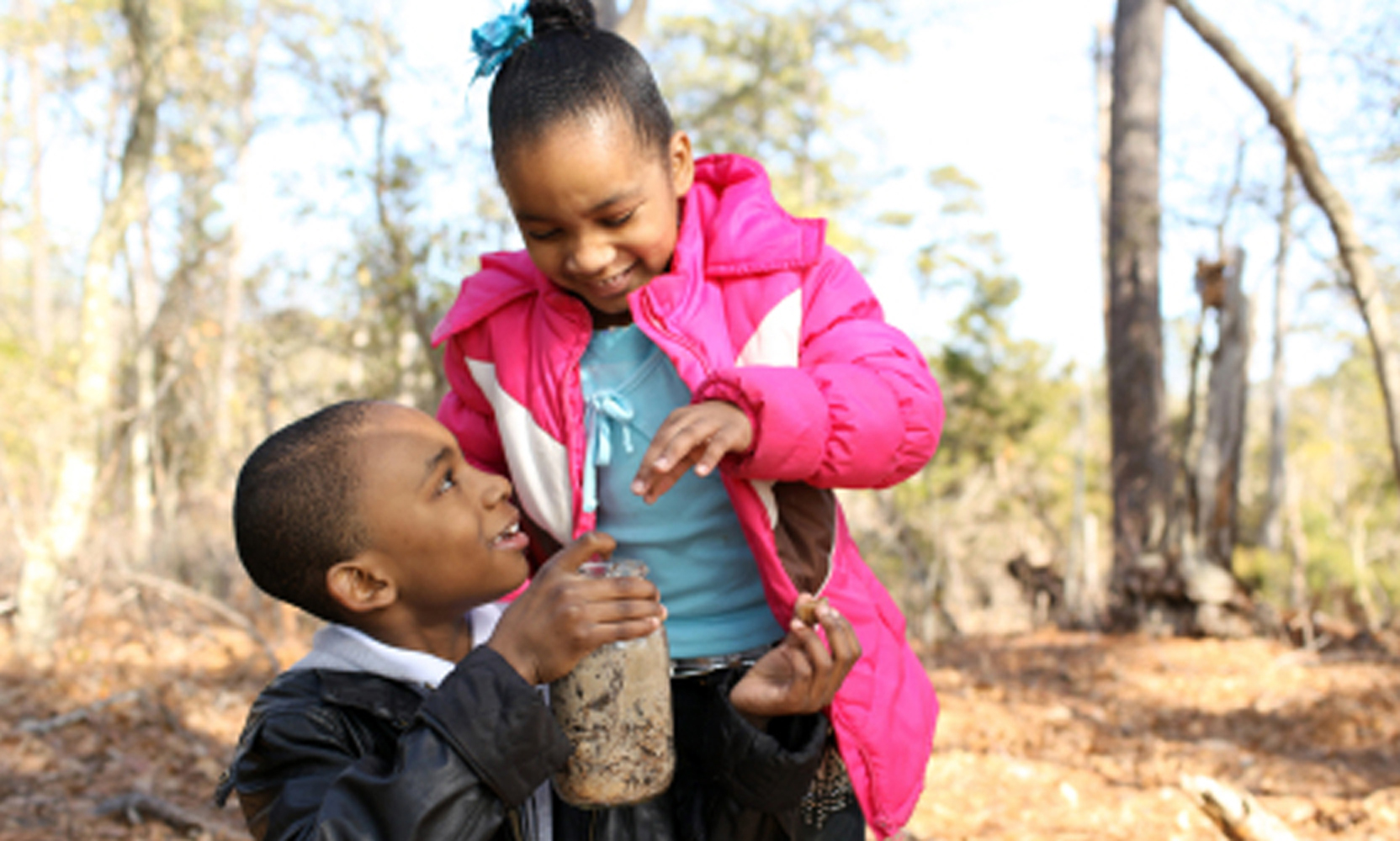“In dealing with people, when we keep their type in mind, we are respecting not only their abstract right to develop along lines of their own choosing, but also the importance of qualities they have developed by making that choice.“
Effective Breakout Groups for Intro Lessons





